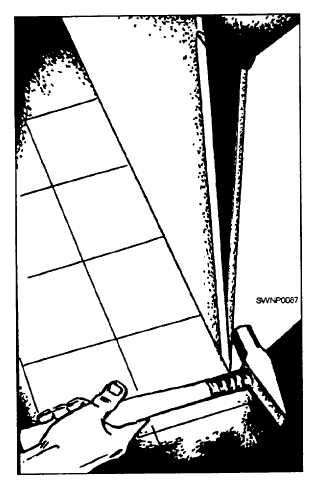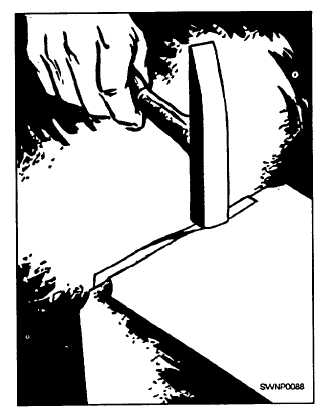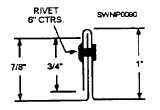
Figure 2-70. - Assembly of a Pittsburgh lock seam

Figure 2-71. - Closing a Pittsburgh lock seam

Figure 2-72. - Layout of a 1/4-inch Pittsburgh lock seam.
STANDING SEAMS are used for joining metals where extra stiffness is needed, such as roofs, air housing, ducts, and so forth. Figure 2-73 is a cross section of the finished standing seam. Dimensions and rivet spacing will vary with application.
Standing seams used when stiffening is required are as follows: The SPREADER DRIVE CAP, the POCKET SLIP, and the GOVERNMENT LOCK (fig. 2-74) are seams frequently used in large duct construction where stiffeners are required.
The DOVETAIL SEAM is used mainly to join a round pipe/fitting to a flat sheet or duct. This seam can be made watertight by soldering. Figure 2-75 shows the pattern for forming a dovetail seam and an example of its use.
Notches
Notching is the last but not the least important step to be considered when you are getting ready to lay out

Figure 2-73. - Cross section of a standing seam.
a job. Before you can mark a notch, you will have to lay out the pattern and add the seams, the laps, or the stiffening edges. If the patterns are not properly notched, you will have trouble when you start forming, assembling, and finishing the job.
No definite rule for selecting a notch for a job can be given. But as soon as you can visualize the assembly of the job, you will not have any trouble determining the shape and size of the notch required
Continue Reading